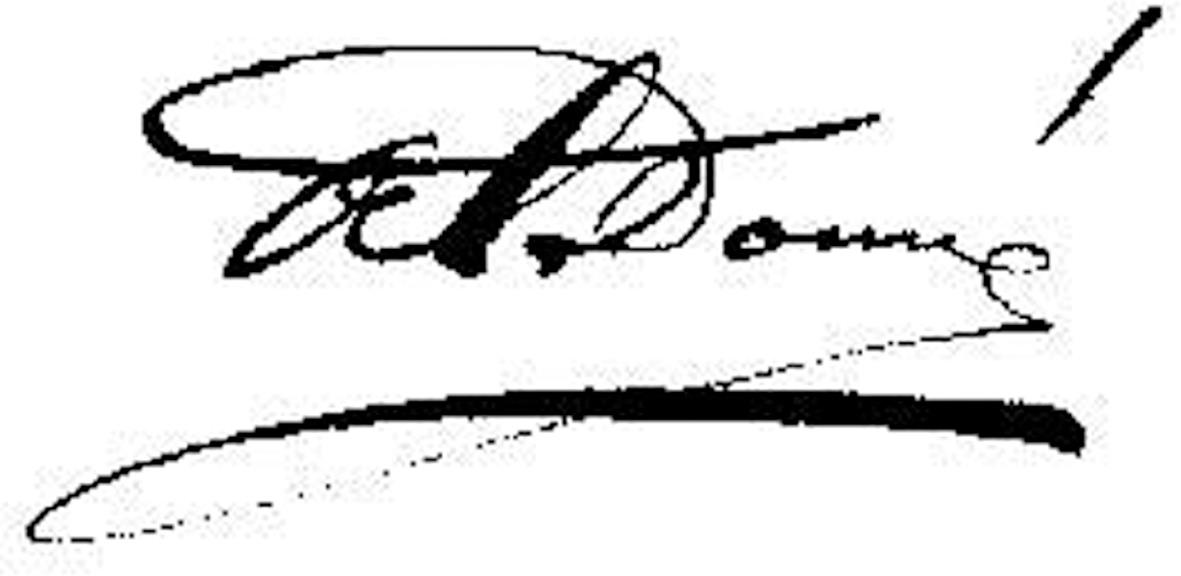Copyright
©2013 Baishideng.
Figure 2 Alfred François Donné (1801-1878).
Alfred François Donné was born on 13 September 1801 at Noyon (France). At the age of 20 years, he moved to Paris with his family. Although he had a dislike of law as a career, he embarked on this discipline at his parents’ insistence. He qualified as a lawyer but did not practice, and then became a late starter as a medical student, when he entered the Paris Faculty at the Sorbonne at 25 years of age. A few years later he married Marie Antoinette Joantho, and through his wife, became linked with a well known medical family, the des Essarts. Donné graduated in 1831 at the age of 30 years. His clinical work was concentrated at the Charité hospital under the very experienced clinician Bouillaud. His qualities were recognized by the University Council and they appointed him to the honorary post of sub-librarian to the Faculty of Medicine[51]. In 1836, he made one of his greatest contributions to medicine by discovering the protozoon, Trichomonas vaginalis, in vaginal secretion of Parisien prostitutes[52] and recorded it in a publication addressed to the Academy of Sciences. During this period of intensive research and clinical work, Donné had realized that microscopes were invaluable for the proper illustration and understanding of his lectures. His pediatric successes with feeding difficulties of premature infants led to his election as a Chevalier of the Legion of Honor and his nomination as Inspector General of Medicine. His successful researches into hematology have not received the publicity and fame they deserve. In1842, he announced his discovery of blood platelets to the Academy of Sciences and these were incorporated in his “Atlas de microscopie médicale”[53]. After loosing his office of Inspector General following the 1848 revolution, he was installed in 1853 as the new Rector of the University of Strasbourg, then became in 1855 Rector of the University of Montpellier. During his stay of almost 20 years at Montpellier, he became interested in theories and studies on spontaneous generation. On retiring from office in 1875, he returned to Paris where he died of a cerebral vascular accident on 7 March 1878[51]. He remains virtually unknown outside of France, never obtained the title of professor and was a practical man fond of microscope and laboratory work, but his contribution to medical and scientific progress is inestimable.
- Citation: Thomas X. First contributors in the history of leukemia. World J Hematol 2013; 2(3): 62-70
- URL: https://www.wjgnet.com/2218-6204/full/v2/i3/62.htm
- DOI: https://dx.doi.org/10.5315/wjh.v2.i3.62









